By Dan Buckler, DNR Urban Forest Assessment Specialist
Daniel.Buckler@wisconsin.gov or 608-445-4578
Trees work in mysterious ways, and, for some users, so does i-Tree. The suite of software, developed by the USDA Forest Service and Davey Tree Expert Company, can, among other things, calculate the societal benefits of trees. Below, I try to summarize and demystify some of these estimates of ecosystem services, a somewhat sterile term for some of the cool things trees do for society and the wider environment.
Because the benefits identified in i-Tree only scratch the surface of trees’ importance to one’s community, it could be problematic and limiting if estimates from i-Tree are solely relied on to justify the investment in tree preservation, maintenance or planting. Nonetheless, these estimates help tell the story of the good work trees do in our communities. Continue reading “A Hopefully Not-Too-Deep Look Into i-Tree Benefits”

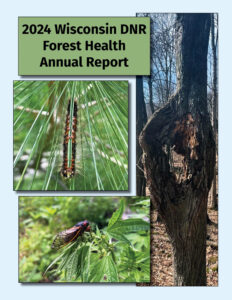
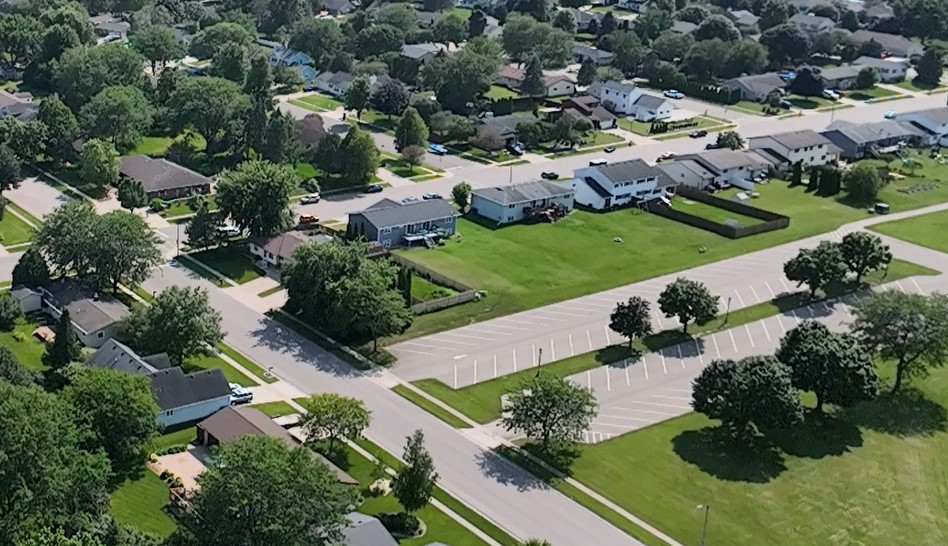 Gov. Tony Evers and the Wisconsin Department of Natural Resources (DNR) today announced the Urban Forestry (UF) Grant Program recipients for the 2025 grant year. In addition to helping fund projects consistent with state and national goals for increasing the urban forest canopy, reducing carbon dioxide and other greenhouse gasses from the atmosphere, and improving the quality of life and public health of communities, the UF Grant Program will help advance goals outlined in Gov. Evers’ Trillion Trees Pledge commitment, which includes planting 1 million trees in urban areas by the end of 2030.
Gov. Tony Evers and the Wisconsin Department of Natural Resources (DNR) today announced the Urban Forestry (UF) Grant Program recipients for the 2025 grant year. In addition to helping fund projects consistent with state and national goals for increasing the urban forest canopy, reducing carbon dioxide and other greenhouse gasses from the atmosphere, and improving the quality of life and public health of communities, the UF Grant Program will help advance goals outlined in Gov. Evers’ Trillion Trees Pledge commitment, which includes planting 1 million trees in urban areas by the end of 2030. 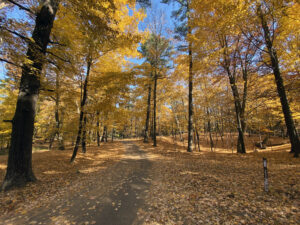
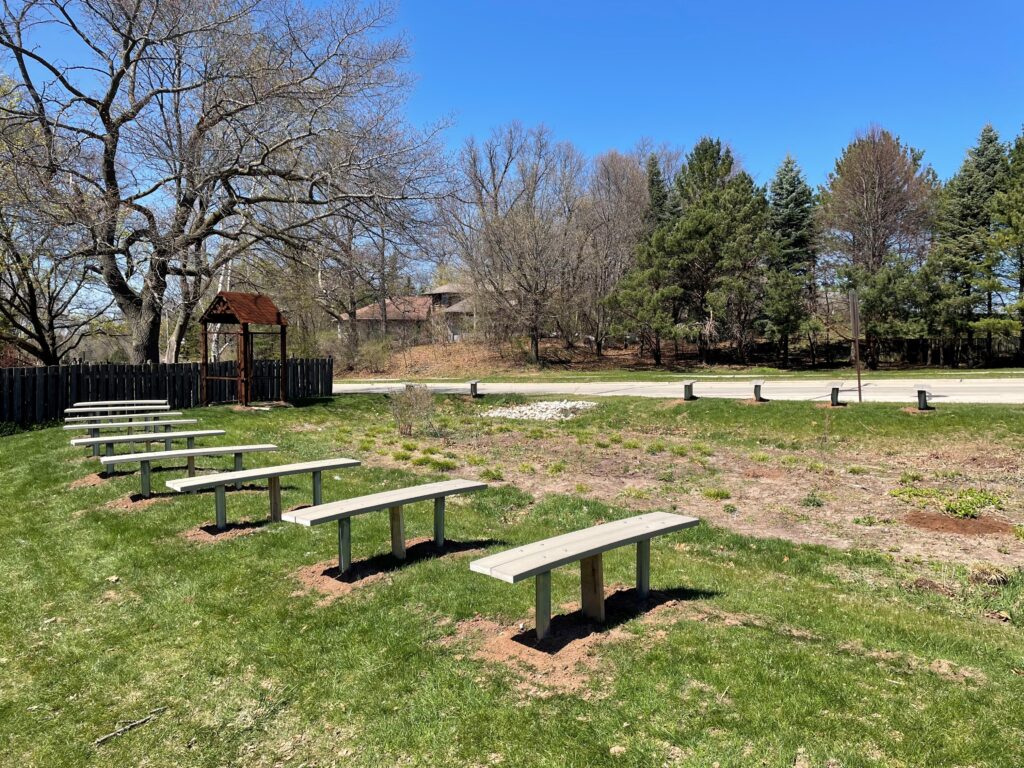
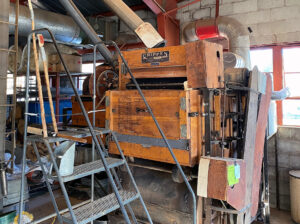
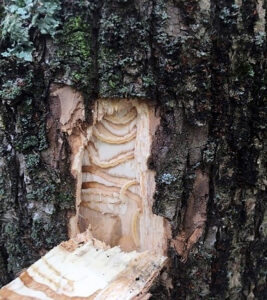

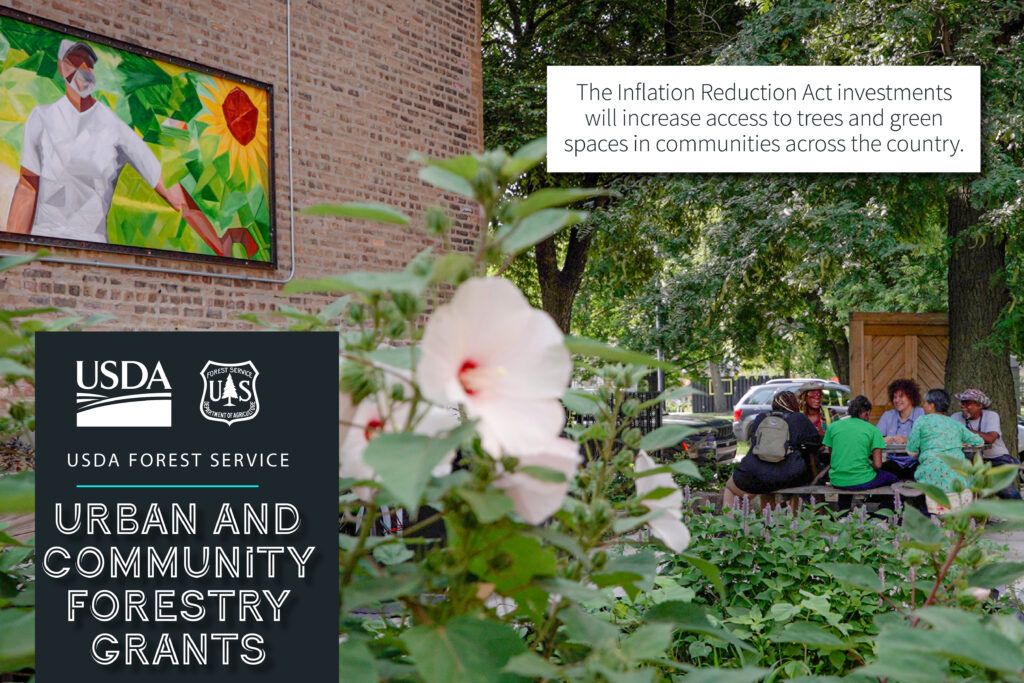 look different from the grants we have offered in the past. We have meticulously worked through the emergency rule change process to temporarily modify the structure of our grant program to facilitate the disbursement of this new funding. Our regular and start-up grant offerings will continue unchanged in 2024.
look different from the grants we have offered in the past. We have meticulously worked through the emergency rule change process to temporarily modify the structure of our grant program to facilitate the disbursement of this new funding. Our regular and start-up grant offerings will continue unchanged in 2024.